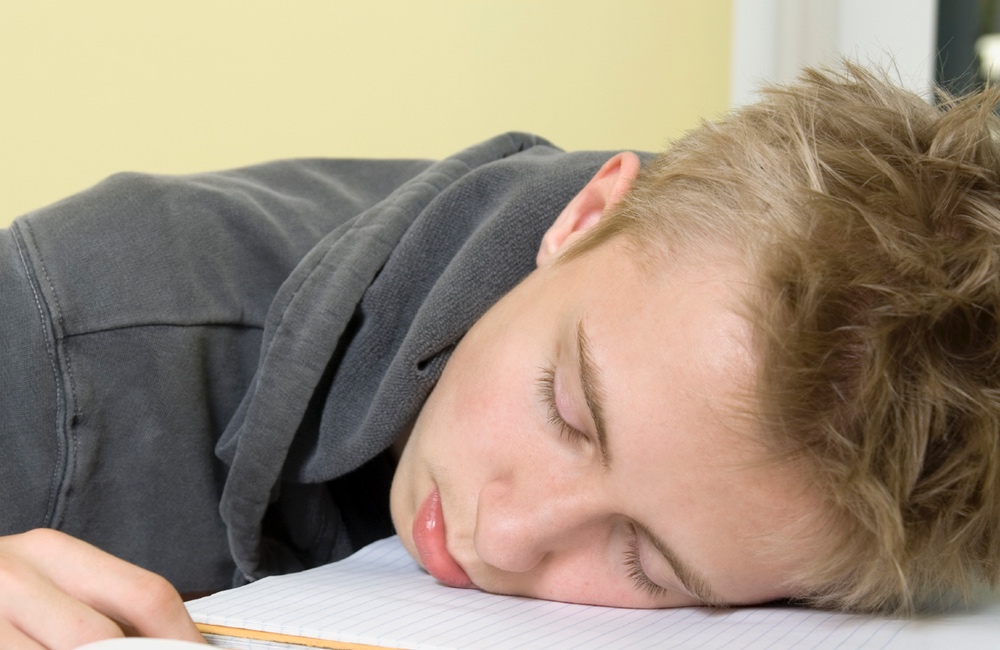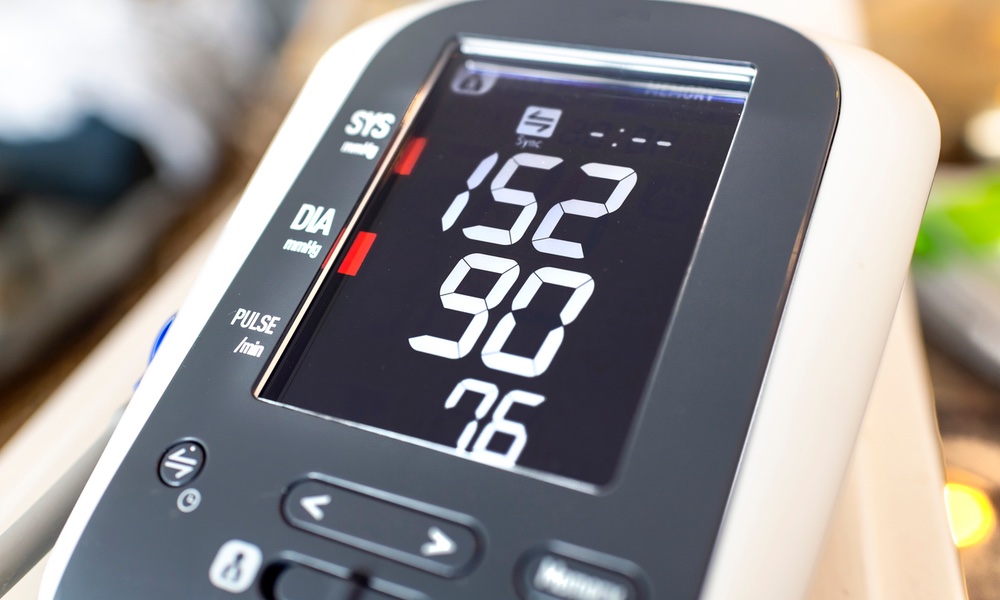The U.S. Department of Health and Human Services has revised the Physical Activity Guidelines first published in 2008. The changes are based on reviews of medical and scientific research, and if you are among the roughly 80 percent of Americans who are not as physically active as they should be, you will be happy to learn that meeting the level of physical activity they recommend for good health is likely to be easier.
The benefits of regular physical activity are too many to list, but highlights include its ability to reduce your risk of heart disease, stroke, some cancers and dementia. These protections are not limited to adults; in fact, the sooner a person becomes more active, the better. Like adults, physically active children are less likely to be overweight or depressed, and have improved cognition and bone health; and these improvements lead to a healthier adulthood.Every Minute Spent Moving Helps
For the first time, the Physical Activity Guidelines include recommendations for children as young as three years old. The move makes sense, considering how early kids become hooked on screens of any kind. The new guidelines recommend that preschoolers be active throughout the day, while school-aged children should get about an hour of aerobic, muscle-strengthening and bone-strengthening activity every day. ADVERTISEMENT
The message to parents is clear: have kids shut down their devices — or put them on a timer so kids can’t use the Web at certain hours of the day. Get kids outside to play or try team sports. The new guidelines encourage adults to move anytime, anywhere, any way they can. With so many people working at sedentary office jobs now, the health risks related to sitting are nearly equal to those of smoking. You don’t need at least 10 minutes of exercise for it to be beneficial, as the 2008 guidelines stated. Everything you do adds up. Adults should engage in at least 2.5 to 3 hours of moderate-to-vigorous activity or between 1.25 to 2.5 hours of more vigorous activity each week, or some combination of both. It is best to spread the activity out over the week and engage in all forms of exercise: aerobic, muscle-strengthening, bone strengthening, balancing or activities that include more than one type of exercise. You can even do all of your physical activity for the week in one day, if that suits your lifestyle. For those unsure of the exact meaning of certain exercise terms, here is a refresher:Plan your day so that you move your body as much as possible.
ADVERTISEMENT
ADVERTISEMENT
A Gym Membership Is Not Necessary; Moving Is
Once you begin to exercise more, you will see and feel the results. You’ll feel more alert, have more energy and probably feel happier. Then there are the immediate and long-term benefits physical activity has on your body. One episode of exercise can reduce blood pressure, lessen stress, improve sleep and improve insulin sensitivity, lowering your risk of diabetes.
Longer term, regular physical activity can reduce the risk or aid in the management of chronic health conditions such as osteoarthritis, high blood pressure, type 2 diabetes, as well as anxiety and depression. People with Alzheimer’s disease, Parkinson’s disease, multiple sclerosis and ADHD show improved cognition with regular exercise.
Exercise does not have to be formal in the sense of going to the gym to be beneficial. Plan your day so that you move your body as much as possible. Take the stairs. Walk the dog. Bike to work. Go dancing. Walk across the office to talk to someone instead of picking up the phone. Park your car far away from building entrances. Walk through the supermarket instead of ordering groceries online. Pace the floor while talking on the phone. Walk around the block during your lunch hour. Get a fitness tracker or add an app to your phone so you have a clearer idea of how much you are moving.
The 2018 Physical Activity Guidelines Advisory Committee Scientific Report is published in JAMA. 




